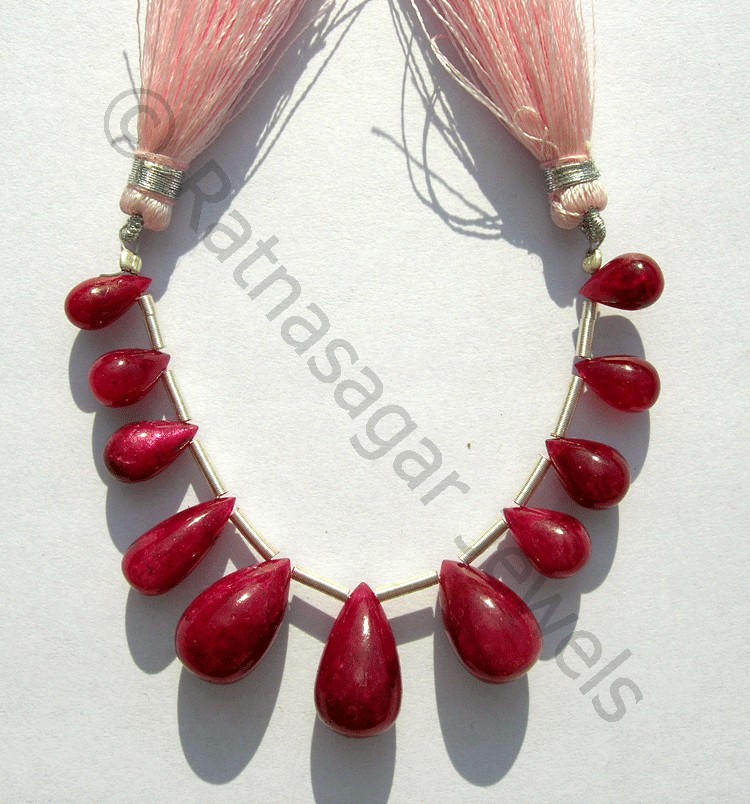Rubies and sapphire gemstone available in the market are available in two forms. One category would be heat treated with additives, and another would be those without additives. It is obvious that though heat treatment is done to improve the colour of the gemstones, adding extraneous stuff to the crystal structure actually means that there has been physical distortion with the original gemstone. In short, gemstone that has been heat treated with additives is what you should stay away from.
Let us review how heat treatments with and without additives work, and why they are important in gem studies.
Heat Treatments without additives
Natural gemstones command higher price than those manufactured artificially. Natural stones may not be perfect in terms of their brilliance and crystalline structure, but their origin is all that matters. Gems created in labs have lower value primarily because they may not give the same healing benefits that they are known for.
Heat treated rubies beads and sapphires are common, and they are respected for their consistency and suitability in different applications. They are heated under specific temperatures, glazed in condition that is free from impurities of any kind. Depending on the amount of oxides and the colour-bearing properties, rubies and sapphires exhibit the same beauty as their natural counterparts.

It is important to note that sapphires and rubies are heat treated using different agents. Heat treatment for sapphire gems is carried out in reducing process, while rubies are heat treated in an oxidizing environment.
Heat Treatment with additives
The heat treatment process using additives is not illegal, but it affects the commercial viability of a gemstone. All gems have to be necessarily subjected to inspection by leading gem quality testing labs, and this is where additives are named.
The most popular gemstone treatment processes using additives for rubies and sapphire are:
- Lead Filling
Also called fracture filling, this process is utilised to cover up the fissures and cracks. Rubies and sapphires with dull and rough appearance are infused with lead to produce high refractive indices. It can be used for opaque gems as well, which after lead filling result in brilliant transparent or translucent/ milky stones.
Cheap rubies are available in the market, and they are more often than not, lead filled. Moreover, this additive process is actually reversible. Lead filling for gemstone has been rendered as hazardous, as lead is a carcinogen.
- Recrystallization
In order to enhance the transparency and improve the refractive index, rubies and sapphires are made to undergo recrystallization. The first known synthetic ruby was actually produced using this process. Geneva Ruby in 1886 made headlines, but it turned out to be a reconstructed gem. Same process is used to produce emeralds.
- Beryllium Treatment
An accidental discovery led to the commercialization of this process. Between 2000 and 2006, the market was full of richly coloured padparadscha sapphires. Lab testing proved that they were actually orange sapphires, diffused with beryllium ions. Even in natural stones, sapphires have been found to contain significant amount of beryllium impurities.
5c509aa6-5cf9-41e0-a246-72fc4fc65081|0|.0|27604f05-86ad-47ef-9e05-950bb762570c
Tags
: sapphire gemstone . sapphire beads . ruby gemstones . ruby beads